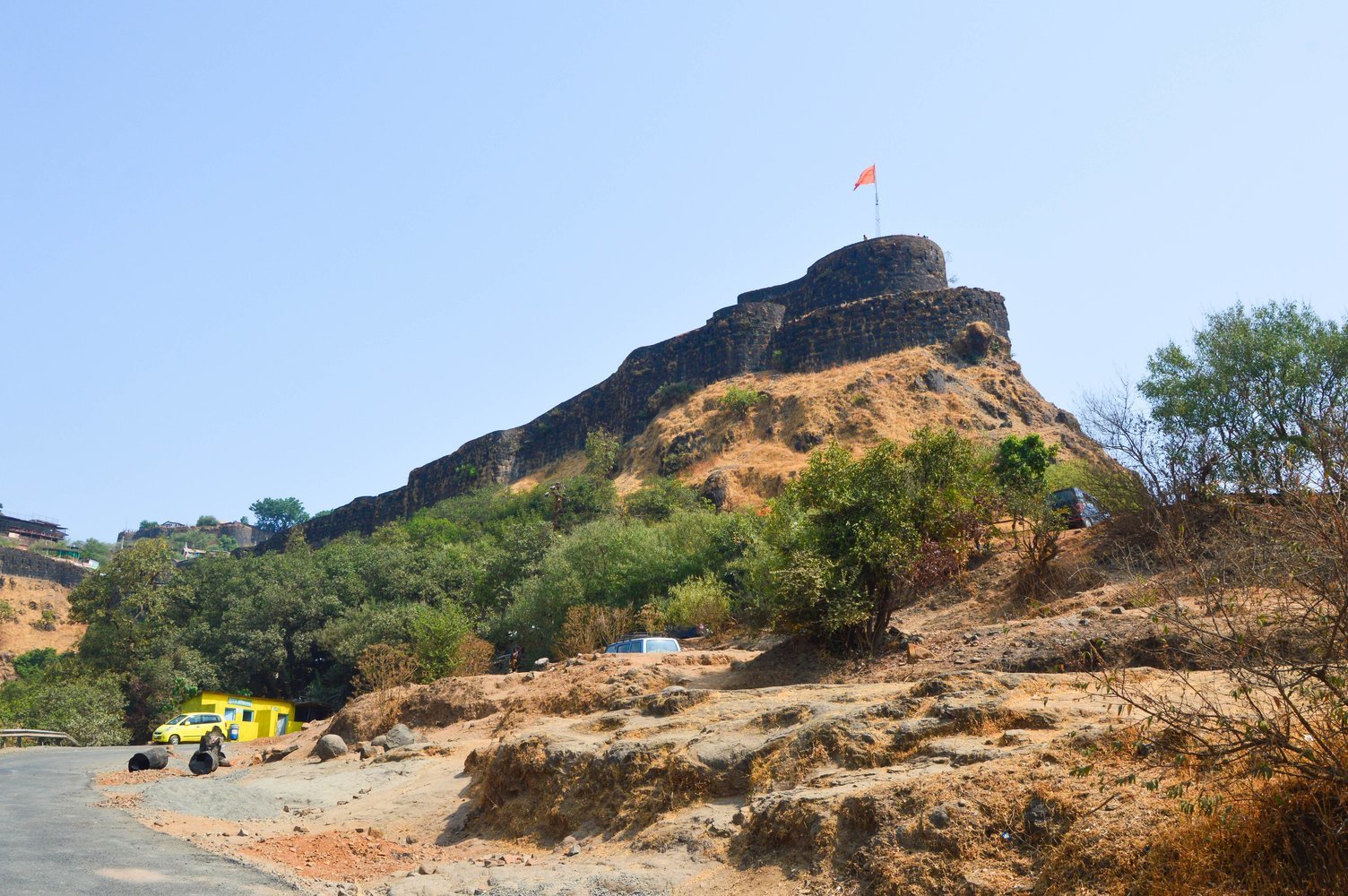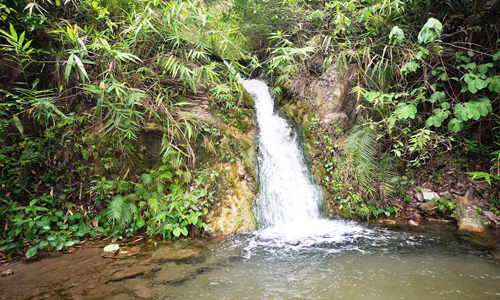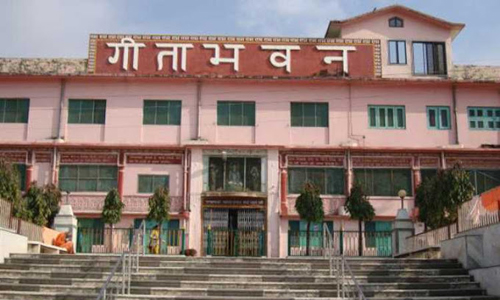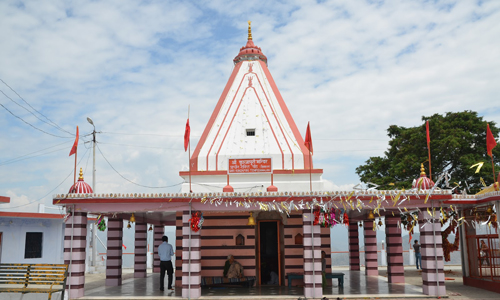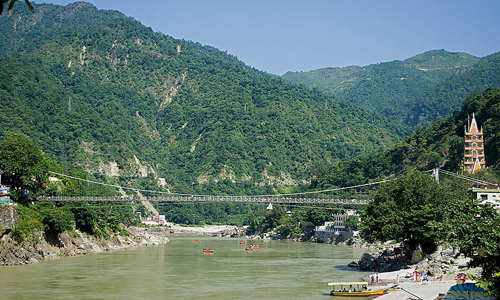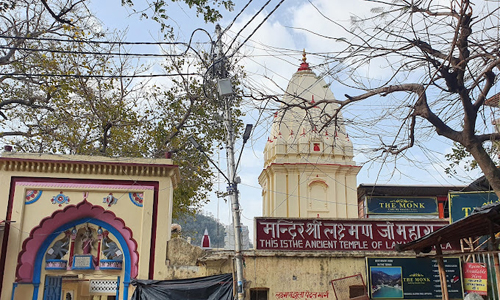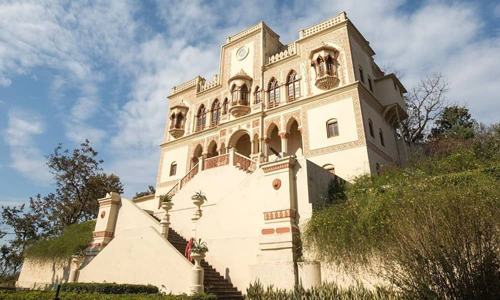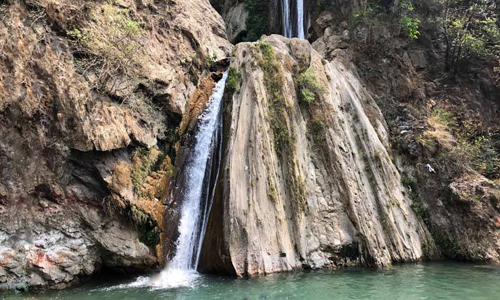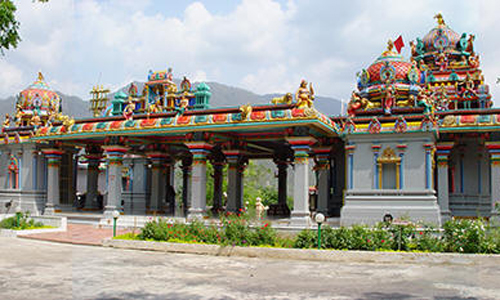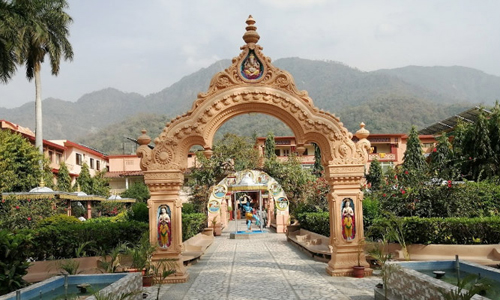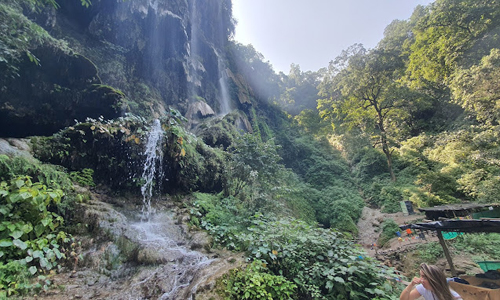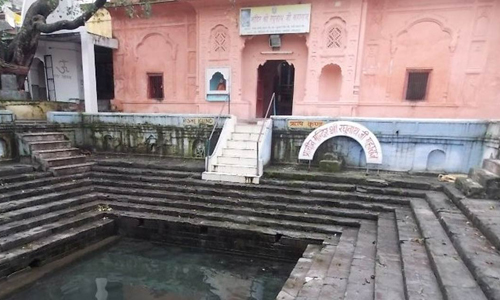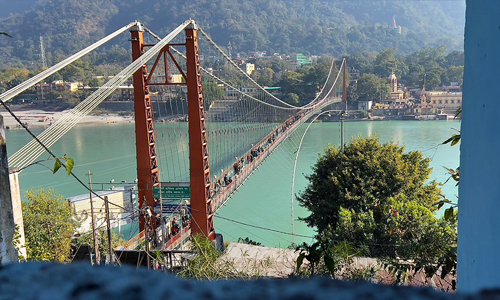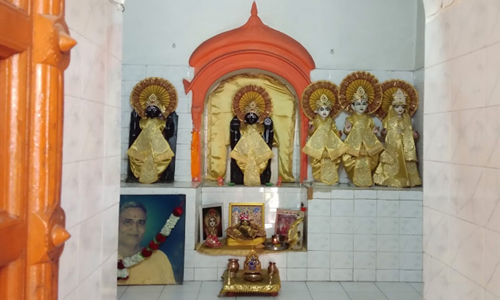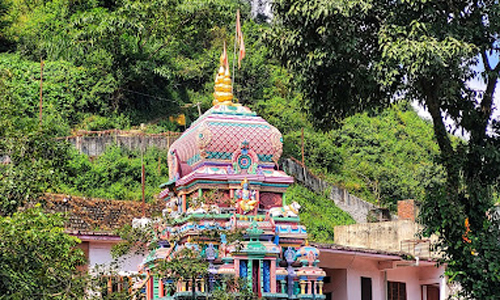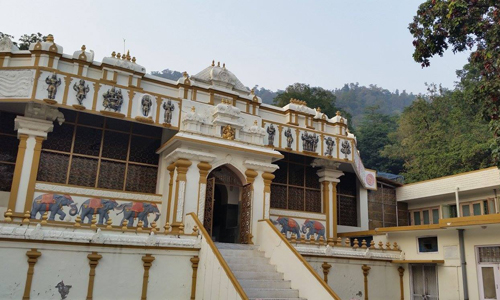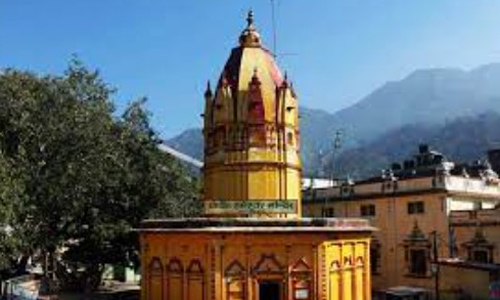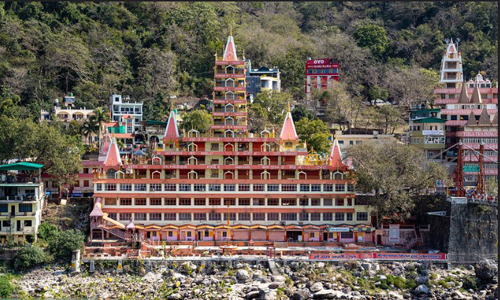The oldest and most well-known temple is Shri Bharat Mandir, located in the city's center. Indeed, the temple's history is the history of Shrishikesh. Kedar Khand describes the splendor of this old temple. Out of all the places to visit in Rishikesh, this is one of the most popular pilgrimage destinations.
Hindu mythology attaches tremendous significance to ancient intertwined trees, another feature of Bharat Mandir. These trees are famous as Bail, Pipal, and Vat Vriksh trees, and many thought they represented Tridev-Brahma. It is a belief that these trees are older than 250 years.
The recently constructed museum at Bharat Mandir draws a lot of historians and archaeologists. Discovered during excavation, the museum features adorned bricks, pottery, and sculptures. It is worth exploring the temple during RISHIKESH TOUR PACKAGE, especially for history lovers.
What is the history of Bharat Mandir?
On the auspicious day of Basant Panchmi, in about 789 A.D., Jagadguru Adi Shankaracharya replaced the temple's presiding deity. The Shaligram returns to the temple on this day each year for the ceremonial reinstallation. It arrives for a sacred bath in the terrible Mayakund and marches beautifully through the city.
Additionally, it is thought that on the day of Akshaya Tritiya, a pilgrim who completes 108 parikramas, or rounds, of Lord Shri Hrishikesh Narayan at this temple will receive all of his wishes fulfilled, as it is the only day the Lord's feet are uncovered. The Mandir is comparable to making the pilgrimage to Badrinath.
The temple is mentioned in the Narsingh Puran, Vaman Puran, Mahabharat, Vishnu Puran, and Shrimadbhagwat Puran. The younger brother of Lord Rama, Bharat, is not the same as Lord Hrishikesh, also known as Shri Bharatji Maharaj. He is famous as Bharat because he is the Kaliyugam form of Lord Vishnu, the sustaining force holding Shankh, Chakra, Gada, and Padam in his four hands.


